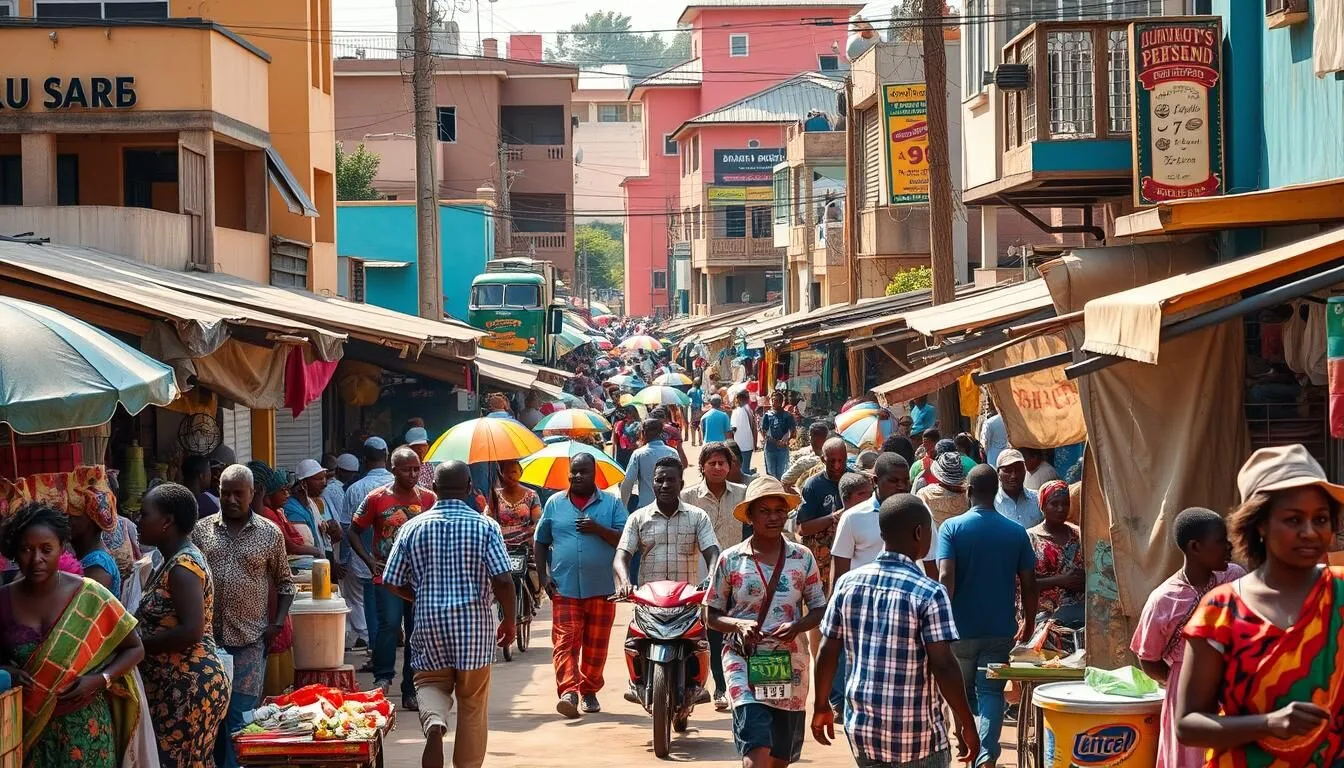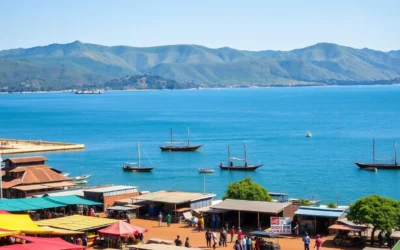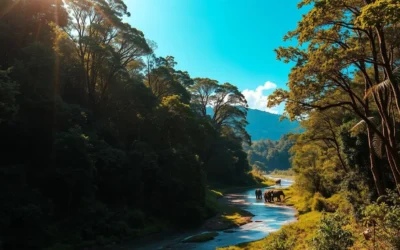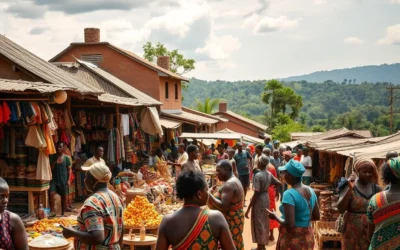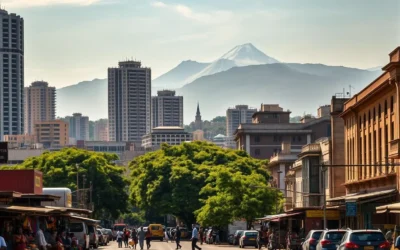✓ Accommodations✓ Flights✓ Rental Cars
As the second-largest city in the Democratic Republic of Congo, Lubumbashi is a treasure trove of industrial heritage and cultural richness. With a history rooted in copper mining, this city is a fascinating blend of traditional Congolese culture and colonial influences.
You can explore the vibrant mix of cultures reflected in the architecture, cuisine, and daily life throughout the city. Whether you’re interested in mining history, wildlife, or cultural experiences, Lubumbashi offers a wealth of attractions and experiences for adventurous travelers.
Discover the rich history and culture of this pivotal city, and get ready to be amazed by its unique blend of industrial and cultural heritage.
Discovering Lubumbashi: The Copper Capital of Congo
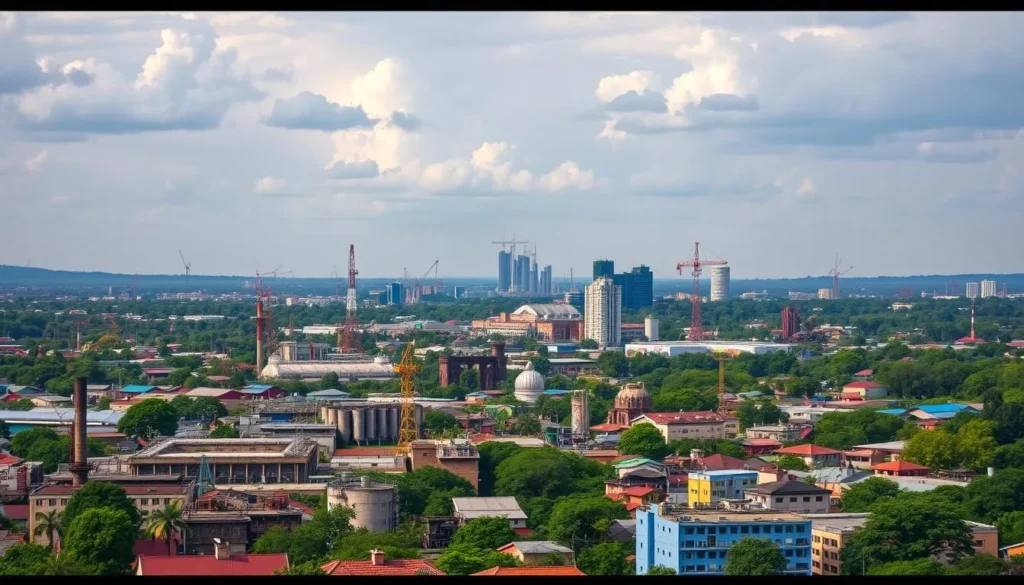
Lubumbashi, a city in the Democratic Republic of Congo, is a treasure trove of natural beauty and industrial heritage. Located in the southeastern region near the Zambian border, it serves as a strategic hub for trade and commerce.
The city’s nickname, the “Copper Capital of Congo,” is a testament to its vast mineral wealth, which has shaped its development and continues to drive its economy. As you explore Lubumbashi, you’ll notice how the mining industry has influenced everything from the city’s layout to its cultural identity and social conditions.
- You’ll find Lubumbashi situated in the southeastern region of the Democratic Republic of Congo, near the Zambian border, making it a strategic hub for trade and commerce.
- The city earned its nickname as the “Copper Capital of Congo” due to the vast mineral wealth that has shaped its development and continues to drive its economy.
- When you explore Lubumbashi, you’ll notice how the mining industry has influenced everything from the city’s layout to its cultural identity and social conditions.
- Despite being an industrial center, the city is surrounded by surprising natural beauty, with parks and reserves that offer a refreshing contrast to urban life.
- Lubumbashi serves as both an economic powerhouse and an intellectual center for the Democratic Republic of Congo, with the University of Lubumbashi contributing to the region’s academic and cultural development.
- You’ll experience a city in transition, where efforts toward sustainable development are gradually improving living conditions and infrastructure, though challenges remain.
Aside from its commercial importance, Lubumbashi is an intellectual hub with numerous educational institutions, including the University of Lubumbashi. The city’s strategic position near the borders with Zambia has made it a key location for trade and transit, helping boost its economic diversity.
Historical Background: From Élisabethville to Modern Lubumbashi
Lubumbashi’s origins trace back to 1910 when Belgian colonists named it Élisabethville, after Queen Elisabeth of Belgium. The city’s foundation was directly tied to the rich copper deposits in the Katanga region, attracting Belgian colonists eager to exploit these valuable resources.
The colonial era brought significant infrastructure improvements, including the construction of a railway connecting Élisabethville to other major trading towns. However, this period was also marked by intense labor exploitation and segregation under Belgian administrative practices.
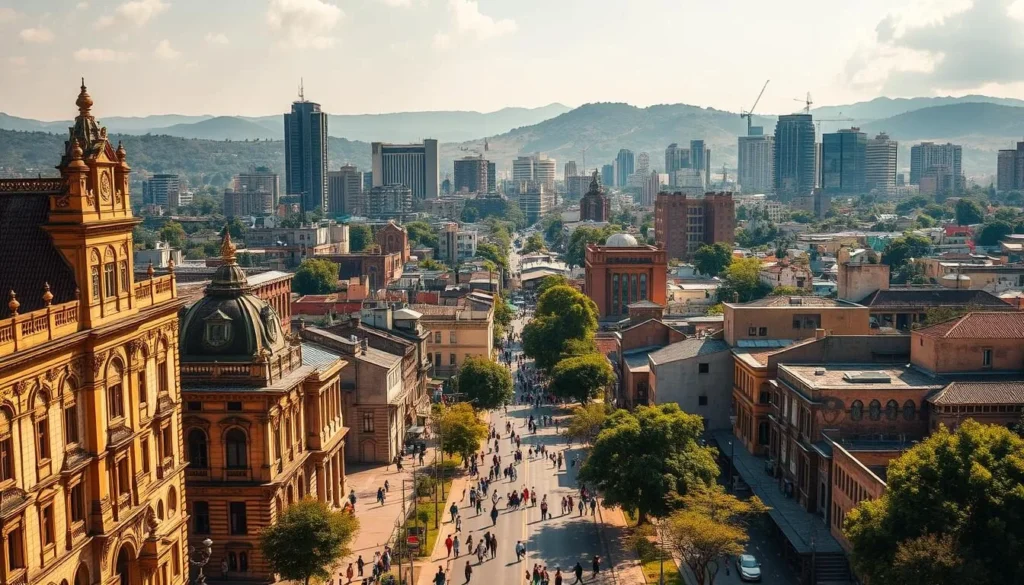
After gaining independence in 1960 as part of the Republic of the Congo, Lubumbashi became central to the Katanga secessionist movement. It was returned to Congo’s control in 1963 and renamed Lubumbashi, reflecting the country’s desire to honor local heritage rather than colonial ties.
| Year | Event | Significance |
|---|---|---|
| 1910 | Established as Élisabethville | Colonial founding |
| 1960 | Independence | Part of the Republic of the Congo |
| 1963 | Renamed Lubumbashi | Reflection of local heritage |
Understanding this complex history helps you appreciate how Lubumbashi has evolved from a colonial mining settlement to a modern city with a distinct identity in the Democratic Republic of Congo.
Best Time to Visit Lubumbashi
The dry season is the perfect time to experience all that Lubumbashi has to offer. During these months, the weather is typically mild and dry, making it ideal for outdoor activities and exploring the city.
You can expect mild temperatures ranging between 15°C and 25°C (59°F-77°F), creating comfortable conditions for all your outdoor activities in the Democratic Republic of Congo. The dry season, which spans from May to September, offers clear skies and less humidity, making it perfect for visiting attractions and experiencing local events without weather disruptions.
| Month | Temperature Range (°C) | Weather Conditions |
|---|---|---|
| May | 18-22 | Dry, Clear Skies |
| June | 15-20 | Mild, Less Humid |
| July | 18-23 | Dry, Sunny |
| August | 20-25 | Comfortable, Clear |
| September | 22-25 | Dry, Warm |
By planning your travel during the dry season, you’ll avoid the heavy rains that typically occur from October to April, which can make roads difficult to navigate and outdoor experiences less enjoyable. Many visitors to the Democratic Republic of Congo prefer this season not only for the weather but also because it coincides with several cultural festivals and events that showcase the region’s vibrant traditions.
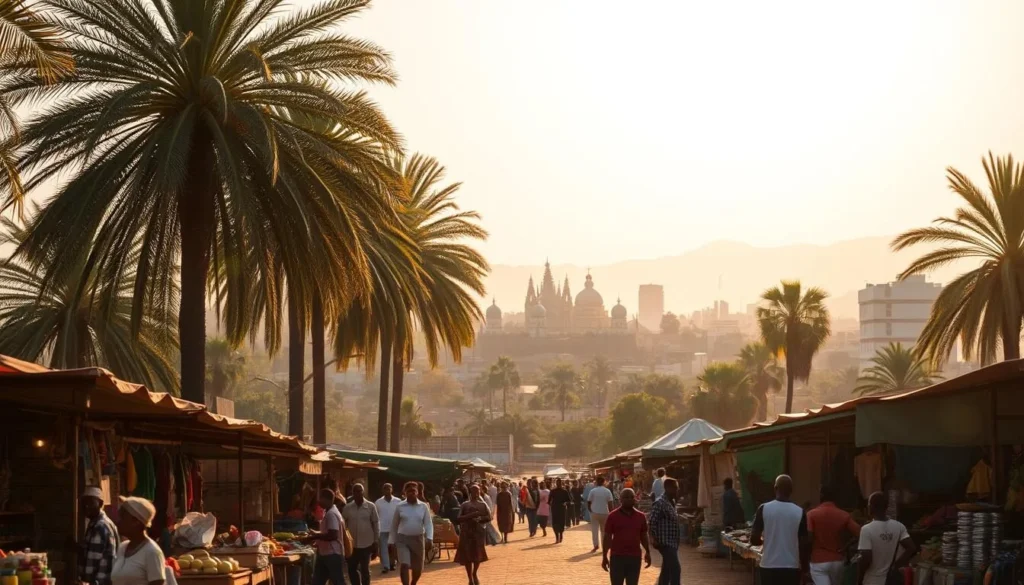
Cathedral of Saint Pierre and Paul: Architectural Marvel

Lubumbashi’s Cathedral of Saint Pierre and Paul is an architectural marvel that embodies the city’s complex history and cultural identity. Built during the colonial period, this magnificent cathedral showcases stunning stained glass windows that illuminate the interior with colorful light, creating a peaceful atmosphere.
The cathedral’s intricate designs and craftsmanship are a testament to the city’s rich cultural heritage, blending European architectural styles with elements that reflect the local context of the Democratic Republic of Congo. As you explore the cathedral, take time to appreciate the quiet sanctuary it provides from the bustling city outside, offering a moment of reflection during your travels.
The Cathedral of Saint Pierre and Paul remains an active place of worship, continuing to play a vital role in the spiritual life of many residents in Lubumbashi. It is a significant cultural site that represents the city’s history and heritage, making it a must-visit destination for anyone interested in exploring the city’s spiritual side.
When you visit the cathedral, you will be struck by its beauty and significance as a place of worship and a representation of the city’s complex history. The cathedral’s stunning architecture and peaceful atmosphere make it an ideal location for reflection and contemplation.
National Museum of Lubumbashi: Cultural Heritage
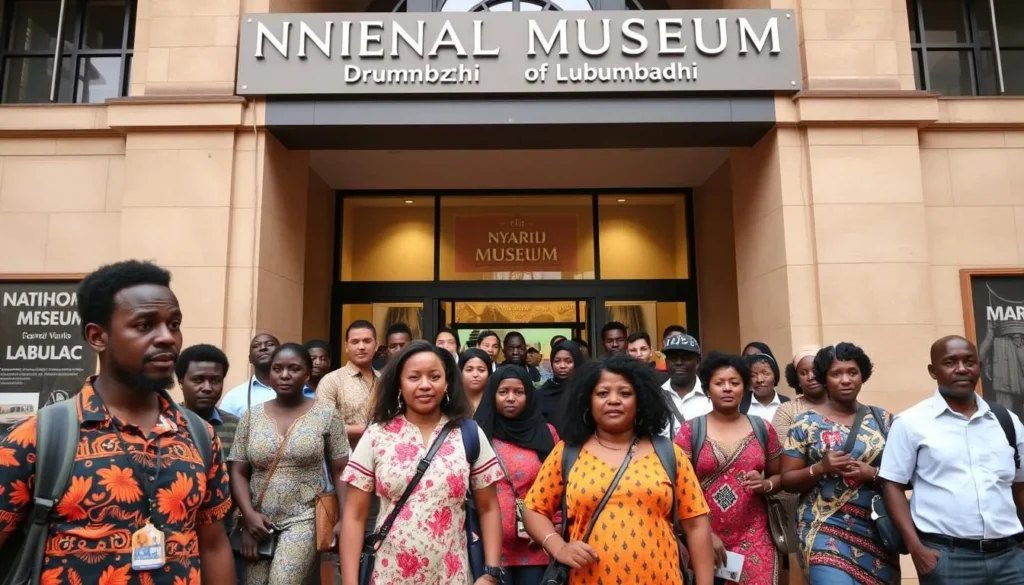
As you step into the National Museum of Lubumbashi, you’re about to uncover the fascinating history and culture of the Democratic Republic of Congo. The museum is a treasure trove of artifacts and exhibitions that narrate the rich history of the region, offering insights into the local culture and history.
The National Museum of Lubumbashi offers you a fascinating window into the rich cultural heritage and history of the Democratic Republic of Congo. As you explore the museum, you’ll discover a diverse collection of ethnographic and archaeological artifacts that tell the story of the region’s indigenous peoples and their traditional ways of life.
The exhibits chronicle the complex history of the Democratic Republic of Congo, from pre-colonial times through the Belgian colonial period and into independence, giving you context for understanding the nation today. You’ll gain insights into the mining history that shaped Lubumbashi and the surrounding region, with displays of minerals, tools, and photographs documenting this crucial aspect of local development.
The museum provides an educational experience that highlights the artistic traditions of various ethnic groups in the Democratic Republic of Congo, including masks, sculptures, and traditional crafts. By visiting this cultural institution, you’ll develop a deeper appreciation for the resilience and creativity of the Congolese people throughout their history.
Lubumbashi Zoo: Wildlife Encounters

The Lubumbashi Zoo offers a unique chance to encounter the diverse wildlife native to the Democratic Republic of Congo. As you visit the zoo, you’ll be immersed in a setting dedicated to conservation and education.
The zoo provides a family-friendly experience, where you can observe various species while learning about the biodiversity of the Democratic Republic of Congo and the challenges these animals face in the wild. Efforts to create naturalistic habitats reflect the diverse ecosystems found throughout the republic of Congo.
As you explore the zoo, you’ll come across educational activities and information about conservation initiatives. This gives you valuable insight into how the Democratic Republic of Congo is working to protect its natural heritage. For families traveling with children, the zoo is a perfect place to spend a few hours learning about wildlife while enjoying the outdoor setting.
The Lubumbashi Zoo strives to balance entertainment with its mission of promoting respect for animal life and natural conservation in the region. Your visit will not only be an enjoyable experience but also an educational one, enhancing your appreciation for nature and conservation efforts.
Local Markets: Experiencing Authentic Congolese Culture
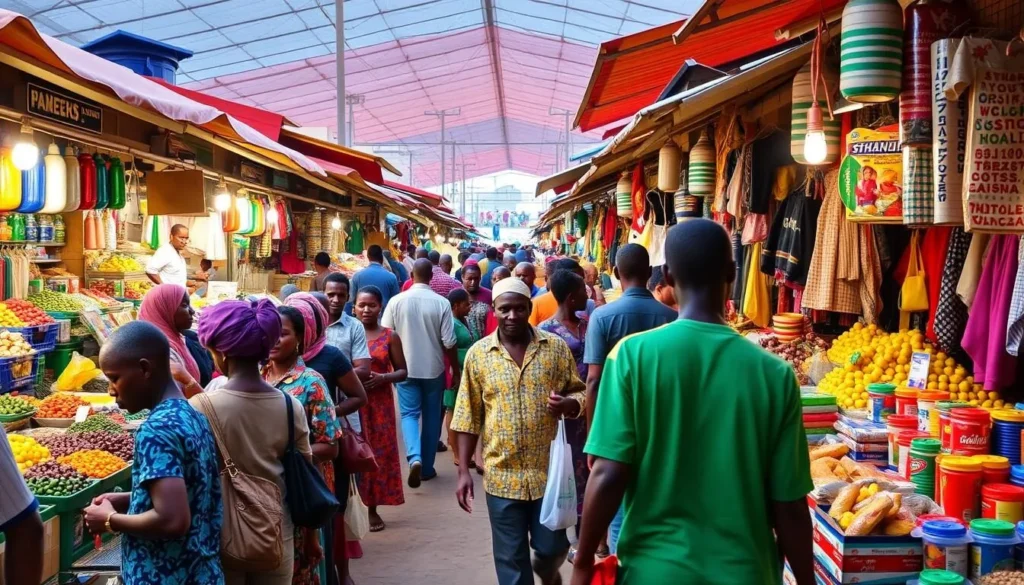
Immerse yourself in the vibrant atmosphere of Lubumbashi’s local markets, where you can discover the rich cultural heritage of the Republic of Congo. Visiting these markets gives you one of the most authentic ways to experience Congolese culture and daily life in the Democratic Republic of Congo.
At markets like Tshamalale and Marché de la Kenya, you’ll be surrounded by a kaleidoscope of colors, sounds, and aromas that represent the heart of local commerce in the Republic of Congo. You can browse through stalls selling everything from fresh produce and traditional crafts to textiles and household goods, offering insight into the everyday needs and preferences of Lubumbashi residents.
The markets provide a perfect opportunity to sample authentic Congolese food, including street food specialties like mishikaki (marinated meat skewers) and other local delicacies that you might not find in restaurants. As you navigate these bustling spaces, you’ll observe the social interactions and trading practices that form an important part of the economic and cultural life in the Democratic Republic of Congo.
Engaging with vendors gives you a chance to practice basic French phrases and experience the warmth and hospitality that characterizes Congolese culture, making your market visit both educational and enjoyable.
Lubumbashi, Democratic Republic of the Congo: Best Things to Do – Top Picks for Nature Lovers
For those who love the outdoors, Lubumbashi is a gateway to some of the most stunning natural landscapes in the Democratic Republic of Congo. The city and its surroundings offer a mix of natural areas that are perfect for a variety of outdoor activities.
Nature lovers will find plenty to enjoy in and around Lubumbashi, from serene lakes to vast national parks. Let’s explore some of the top picks for nature enthusiasts.
Lake Kipopo
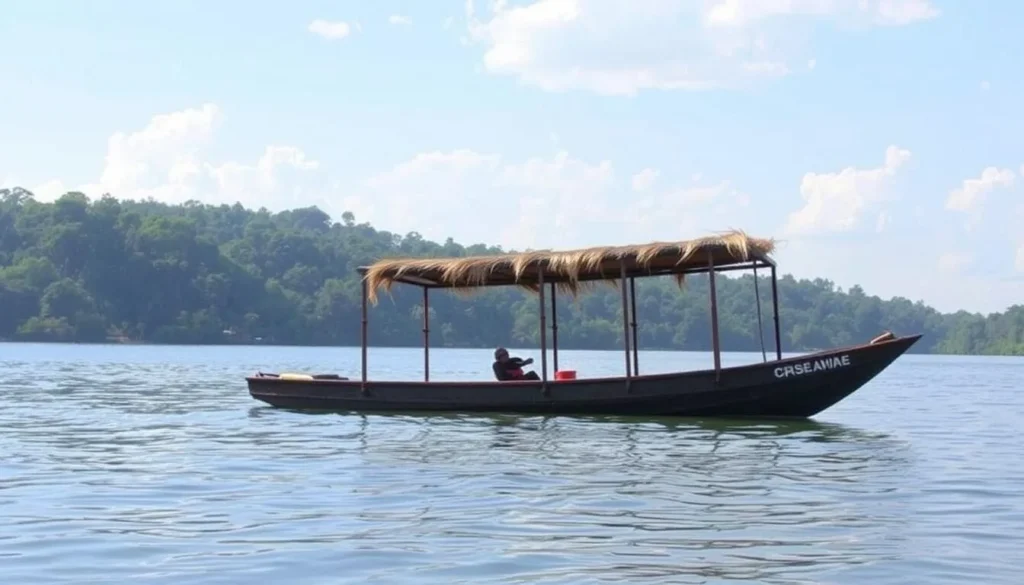
Lake Kipopo is a tranquil retreat just outside Lubumbashi, offering serene landscapes that provide a perfect contrast to the urban environment. Visitors can enjoy a range of activities, including picnics, boating, and birdwatching, making it an ideal day trip destination from the city.
Kundelungu National Park
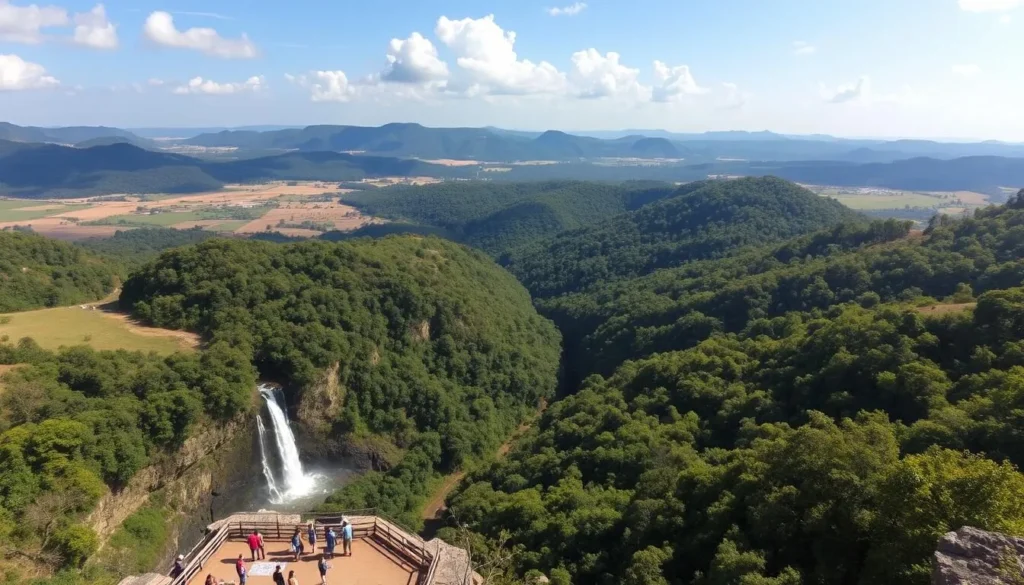
For a more immersive nature experience, Kundelungu National Park is a must-visit. The park boasts vast savannahs, forests, and dramatic waterfalls, exemplifying the natural beauty of the Democratic Republic of Congo. Visitors can participate in activities like hiking, wildlife viewing, and photography, with opportunities to spot various species native to this region.
Both Lake Kipopo and Kundelungu National Park provide a refreshing contrast to city experiences in Lubumbashi, showcasing the ecological richness that exists just beyond the urban boundaries in this part of the Democratic Republic of Congo.
Cultural Experiences: Festivals and Events
Experience the rich cultural tapestry of Lubumbashi through its festivals and events, a true reflection of the Democratic Republic of Congo’s heritage. The city’s cultural calendar is filled with exciting events that celebrate music, art, and cinema, offering a unique glimpse into the vibrant contemporary culture of the region.
Amani Festival
The Amani Festival, held annually in February, brings together musicians and artists from across the Democratic Republic of Congo and neighboring countries to promote peace and cultural harmony. You can enjoy diverse musical performances ranging from traditional Congolese rhythms to modern fusion styles, all celebrating the rich cultural heritage of the region.
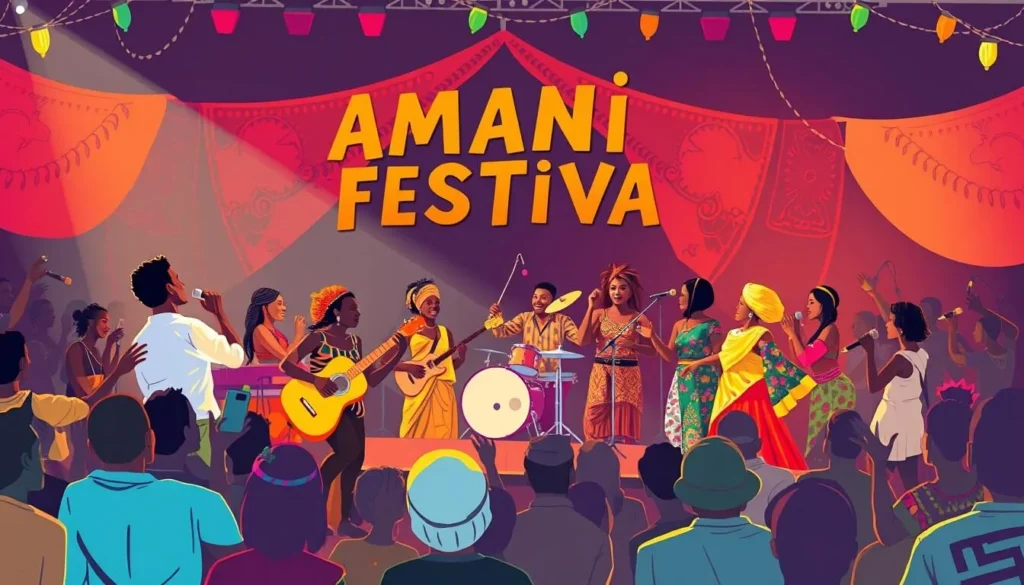
Lubumbashi Film Festival
The Lubumbashi Film Festival, typically occurring in October, showcases both local and international films, giving you a glimpse into Congolese storytelling and the issues that matter in contemporary life. This film festival features screenings, discussions with filmmakers, and cultural performances that highlight the creative energy present in the city.
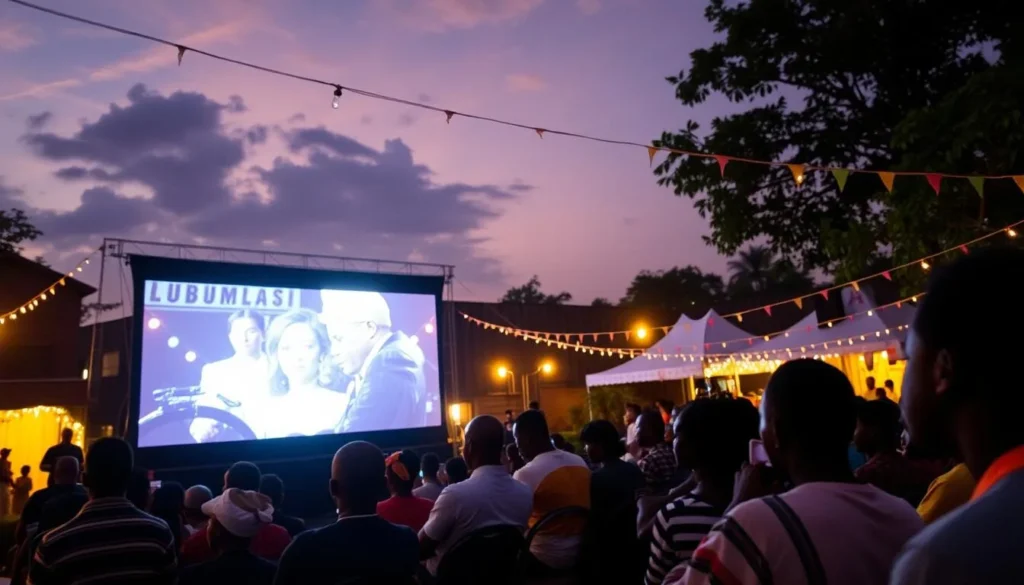
By attending these cultural events, you’ll experience how Congolese culture continues to evolve while maintaining connections to traditional values and artistic expressions. These festivals also provide excellent opportunities to interact with locals and fellow visitors who share an interest in the arts and culture of the Democratic Republic of Congo.
Conclusion: Why Lubumbashi Deserves a Spot on Your Travel Itinerary
As you consider your next travel destination, Lubumbashi, Democratic Republic of Congo, is certainly worth a spot on your itinerary. This vibrant city offers a unique blend of experiences that make it an attractive destination for travelers interested in exploring beyond the typical tourist paths.
Lubumbashi provides you with a chance to witness firsthand how industrial heritage, colonial history, and traditional culture have merged to create a distinctive urban center in the heart of Central Africa. By visiting Lubumbashi today, you’ll gain insights into both the challenges and the resilience that characterize life in the Democratic Republic of Congo.
The city’s architectural attractions, such as the Cathedral of Saint Pierre and Paul, cultural institutions, and vibrant local markets, present numerous things to do that will enrich your travel experience. Moreover, the surrounding natural areas, including Lake Kipopo and Kundelungu National Park, provide a perfect complement to your city explorations.
When planning your trip, remember that the best time to visit Lubumbashi is during the dry season, from May to September. It’s also wise to stay informed about current conditions in the region to ensure a smooth journey.
Lubumbashi may not be on every traveler’s radar, but for those willing to venture off the beaten path, it offers authentic experiences and a warm welcome that make it a memorable place to include in your African travel itinerary. With its rich history, cultural attractions, and stunning natural surroundings, Lubumbashi is a city that promises a unique and enriching travel experience.
The above is subject to change.
Check back often to TRAVEL.COM for the latest travel tips and deals.
